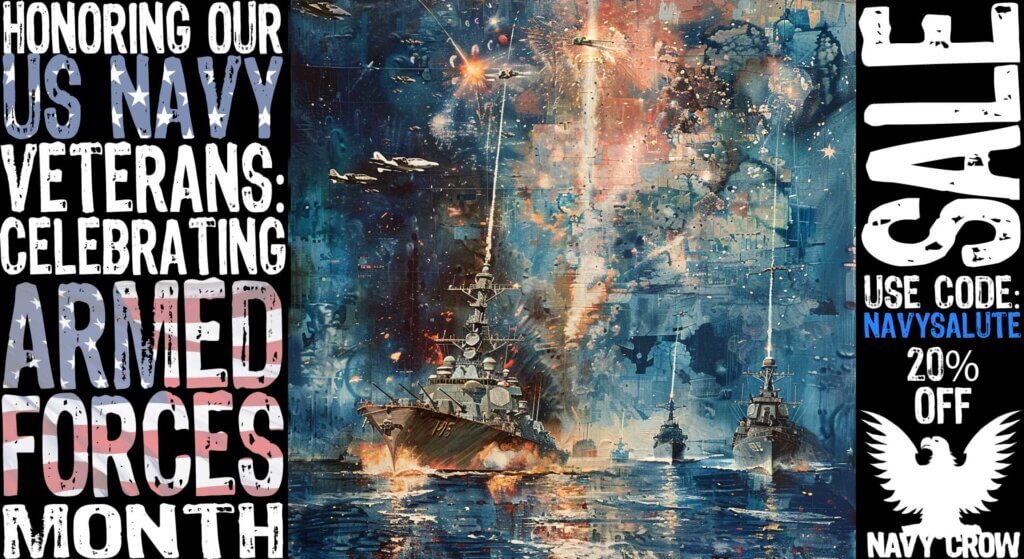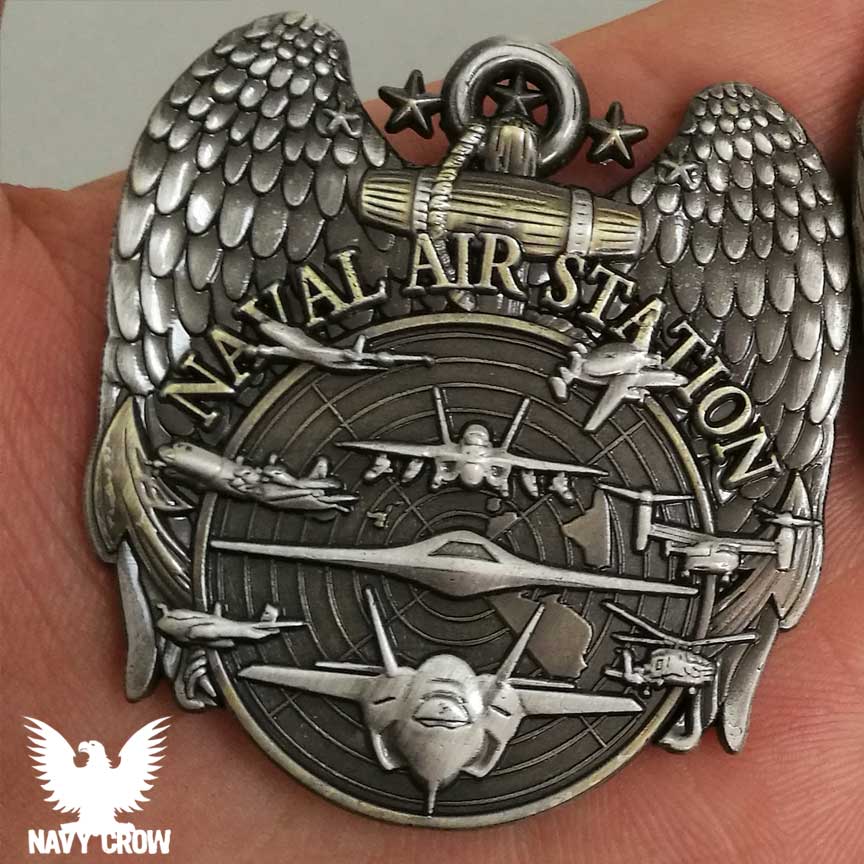
Every year on May 8th, the United States Navy commemorates Naval Aviation Day, a day dedicated to honoring the rich history and enduring legacy of naval aviation. This significant date holds special significance for the Navy as it marks the anniversary of the first successful catapult launch of an aircraft from a naval vessel, a milestone moment that forever changed the course of naval warfare.
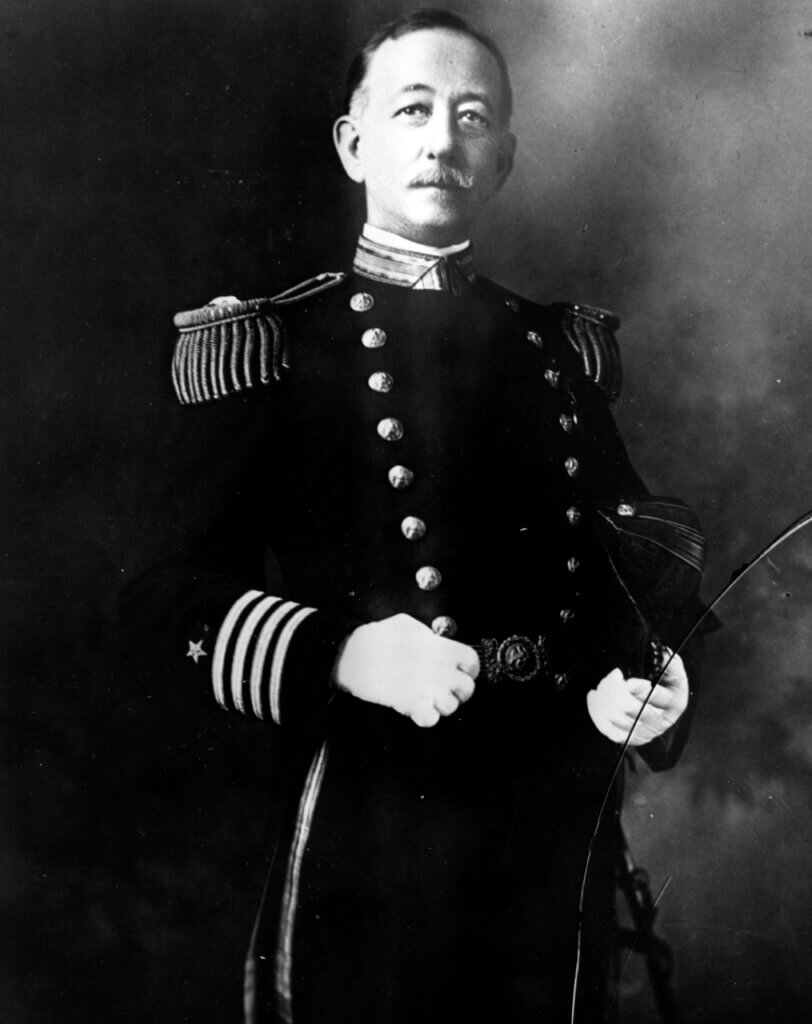
The Origins of Naval Aviation Day
Naval Aviation Day on May 8th traces its roots back to 1911 when Captain Washington Irving Chambers, the Assistant Chief of the Bureau of Navigation of the Navy, submitted a proposal to the Secretary of the Navy to establish an aeronautical section within the Navy. This proposal laid the groundwork for the creation of the Naval Aviation Program and paved the way for the integration of aircraft into naval operations.
On May 8th, 1911, Lieutenant Theodore G. Ellyson, the Navy’s first aviator, successfully completed the first catapult launch of an aircraft from the USS Birmingham (CL-2) off the coast of Norfolk, Virginia. This historic event marked the beginning of naval aviation and set the stage for the Navy’s future dominance in the skies.
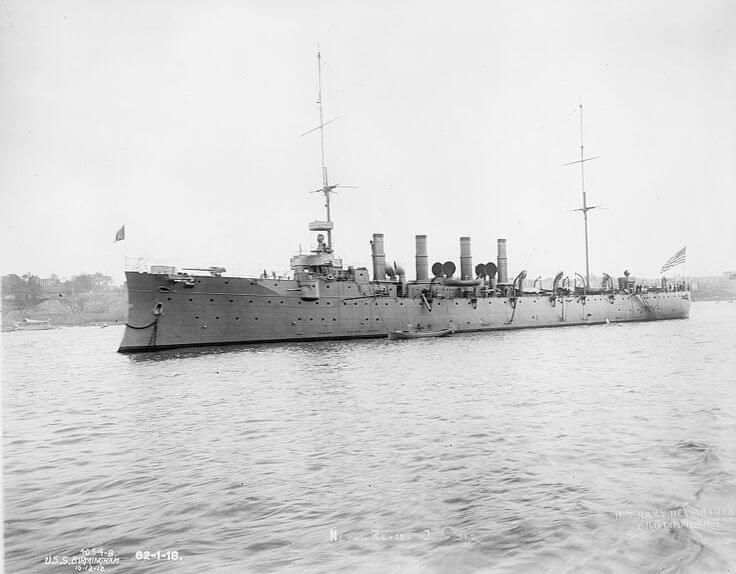
Observing Naval Aviation Day in the US Navy
Naval Aviation Day is observed in the United States Navy with a variety of ceremonies, events, and activities that highlight the contributions and achievements of naval aviators past and present. These celebrations often include:
- Flight Demonstrations: Naval air stations and aircraft carriers may host flight demonstrations and air shows featuring the Navy’s latest aircraft and capabilities. These events provide an opportunity for the public to witness firsthand the skill and precision of naval aviators.
- Commemorative Ceremonies: Naval commands and units may hold commemorative ceremonies to honor the pioneers of naval aviation and pay tribute to those who have made the ultimate sacrifice in service to their country.
- Educational Outreach: Naval Aviation Day also serves as an opportunity for educational outreach, with naval aviators visiting schools and community organizations to share their experiences and inspire the next generation of aviation leaders.
- Historical Exhibits: Museums and historical sites dedicated to naval aviation may feature special exhibits and displays highlighting key moments in the history of naval aviation and showcasing artifacts and memorabilia from the Navy’s aviation heritage.
Looking Ahead: Honoring Naval Aviation’s Legacy
As we celebrate Naval Aviation Day on May 8th, let us take a moment to reflect on the remarkable achievements and contributions of naval aviators to the defense of our nation. From the pioneering flights of Lieutenant Ellyson to the cutting-edge capabilities of today’s aircraft, naval aviation continues to play a vital role in safeguarding freedom and ensuring security at sea.
On this special day, let us express our gratitude to all those who have served in naval aviation and reaffirm our commitment to supporting and honoring their legacy for generations to come.
